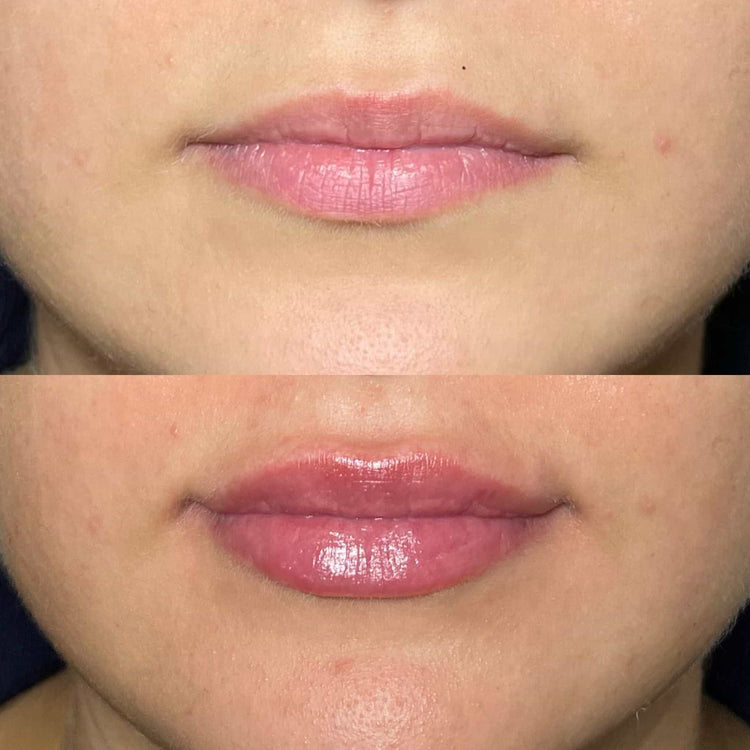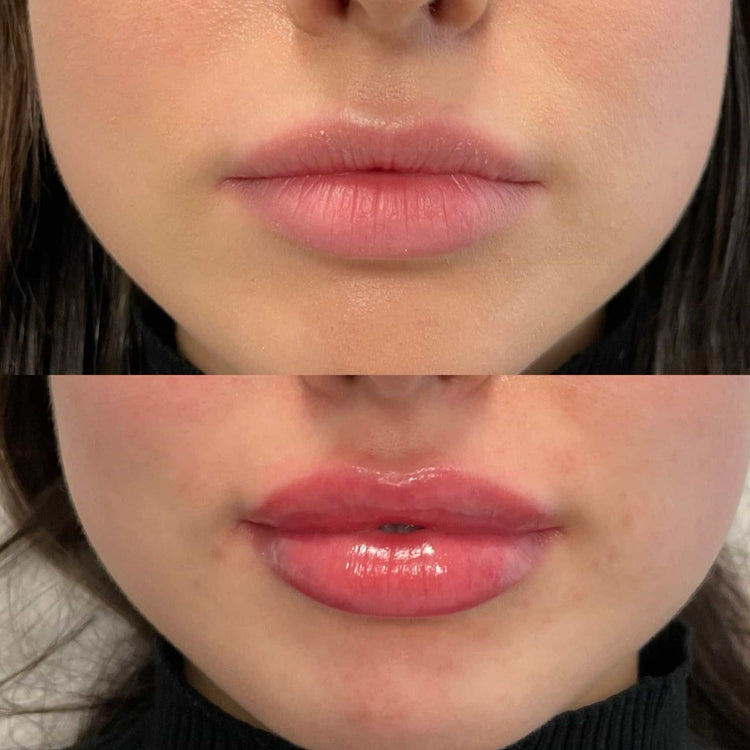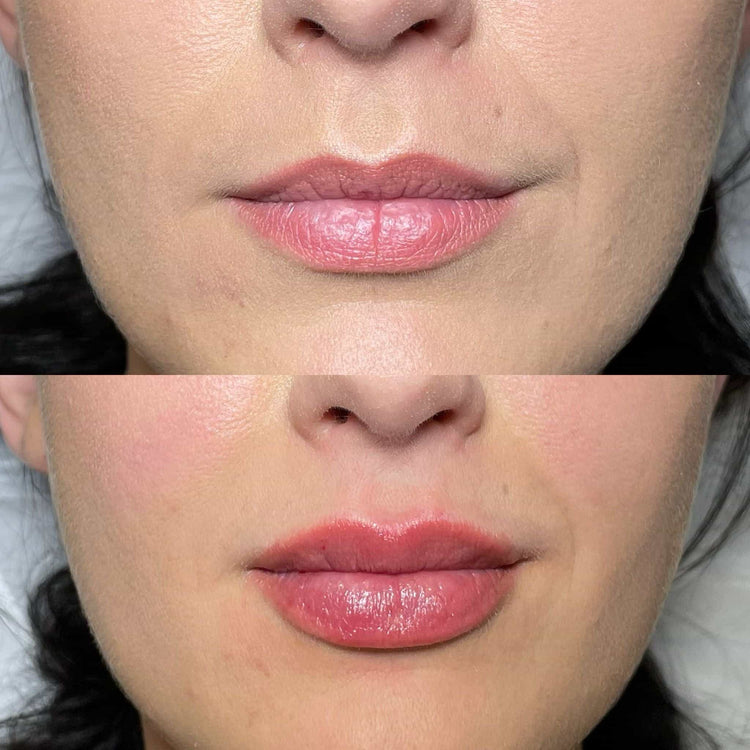Understanding “Duck Lips”
The term “duck lips,” referring to a particular lip-forming expression, has become widely recognized and often debated in contemporary language and culture. This phenomenon raises questions about its origins, social significance, and potential implications for individual self-expression and perception.
Causes of Duck Lips
“Duck lips” describe the act of pouting or forming the lips into a shape resembling that of a duck’s bill. This expression often carries connotations of playfulness, flirtation, or even aggression, depending on the context. While seemingly simple, the causes behind this particular lip formation are multifaceted and can stem from various psychological, social, and biological factors.
Some individuals may consciously choose to form duck lips as a means of self-expression, conveying emotions or attempting to attract attention. The popularity of certain media portrayals and trends might also influence this behavior, leading to its adoption as a mannerism.
In other instances, duck lips might arise from subconscious habits or learned behaviors influenced by early childhood experiences, peer pressure, or cultural norms. Facial expressions are complex, often involving subtle muscle movements that may be triggered by a range of internal and external stimuli.
Identifying Your Individual Cause
To understand why you might form “duck lips,” it’s important to consider the various factors that could contribute to this expression. Sometimes, it’s a deliberate choice, used to convey an emotion like playfulness or flirtation. It can also be influenced by media trends or what you see others doing.
However, duck lips can also be a subconscious habit formed through early experiences, peer influence, or cultural norms. Facial expressions are complex and often triggered by a combination of internal feelings and external cues.
If you’re concerned about your frequent use of “duck lips,” reflecting on your motivations and the contexts in which you form them can be helpful. Identifying the underlying cause will allow you to explore ways to manage or modify this expression if desired.
Minimizing Appearance Through Technique
The desire for a naturally balanced appearance is a common aspiration, often leading individuals to seek ways to minimize unwanted facial expressions. One such expression, colloquially known as “duck lips,” has become a subject of interest and concern for many, prompting the search for techniques to achieve a more harmonious visage.
Choosing the Right Lipstick Shade
Minimizing the appearance of “duck lips” can be achieved through a combination of makeup techniques and mindful lip movements. One crucial aspect is choosing the right lipstick shade. Opting for shades that create a fuller illusion, such as nude pinks or peachy hues, can help balance out the appearance of overly puckered lips.

Applying lipstick evenly across the entire lip surface, avoiding excessive buildup in the center, also contributes to a more balanced look. Additionally, using lip liner slightly outside the natural lip line can create the illusion of fuller lips, further minimizing the prominence of the “duck lip” shape.

Application Techniques for Different Lip Shapes
Understanding different lip shapes is key to applying techniques that minimize the appearance of “duck lips.” For example, individuals with naturally full lips might benefit from using matte lipstick shades that create a slightly less voluminous effect. Conversely, those with thinner lips could use a gloss or shimmery finish in the center to add dimension and balance.
Contouring can also play a role in refining lip shape. Lightly dusting a contour shade just outside the natural lip line, followed by blending, can subtly narrow the appearance of over-projected lips. This technique helps create a more defined and symmetrical look.
Practicing mindful lip movements throughout the day is another important aspect. Paying attention to how you form your lips during conversation or smiling can help break habitual puckering patterns and promote a more natural expression.
Practicing Proper Plumping Exercises
Minimizing the appearance of “duck lips” can be achieved through various techniques. One crucial aspect is choosing the right lipstick shade. Opting for shades that create a fuller illusion, such as nude pinks or peachy hues, can help balance out the appearance of overly puckered lips.
Applying lipstick evenly across the entire lip surface, avoiding excessive buildup in the center, also contributes to a more balanced look. Additionally, using lip liner slightly outside the natural lip line can create the illusion of fuller lips, further minimizing the prominence of the “duck lip” shape.
Practicing proper plumping exercises can help strengthen and define the lips, leading to a more natural appearance. These exercises often involve pursing the lips outwards and then relaxing them, or gently pressing the lips together and releasing. Consistent practice can improve muscle tone and reduce the tendency to form duck lips.
Lifestyle Changes for Long-Term Correction
The desire for a naturally balanced appearance is a common aspiration, often leading individuals to seek ways to minimize unwanted facial expressions. One such expression, colloquially known as “duck lips,” has become a subject of interest and concern for many, prompting the search for techniques to achieve a more harmonious visage.

Hydration and Skincare Routine
Lifestyle changes can play a significant role in achieving long-term correction of habits that contribute to the formation of “duck lips.” Maintaining good posture is essential as poor posture can lead to muscle imbalances in the face, potentially influencing lip movements.
Engaging in regular facial exercises can help strengthen and tone facial muscles, promoting a more balanced and natural appearance. These exercises may involve stretching, lifting, and pursing of the lips, targeting specific areas to improve muscle control and minimize puckering.
Hydration is crucial for overall skin health, including the delicate tissues of the lips. Drinking plenty of water helps maintain skin elasticity and reduces dryness, which can contribute to the appearance of “duck lips.”
A consistent skincare routine that includes lip balm can also help improve the appearance and texture of the lips. Look for balms containing nourishing ingredients like shea butter or hyaluronic acid to keep lips hydrated and supple.
Dietary Habits Affecting Lip Shape
Minimizing the appearance of “duck lips” can be achieved through a combination of makeup techniques and mindful lip movements. One crucial aspect is choosing the right lipstick shade. Opting for shades that create a fuller illusion, such as nude pinks or peachy hues, can help balance out the appearance of overly puckered lips.
Applying lipstick evenly across the entire lip surface, avoiding excessive buildup in the center, also contributes to a more balanced look. Additionally, using lip liner slightly outside the natural lip line can create the illusion of fuller lips, further minimizing the prominence of the “duck lip” shape.
Dietary habits can play a role in shaping your lips. A diet rich in antioxidants, vitamins, and minerals supports healthy collagen production, which is essential for maintaining plump, youthful-looking lips.
Foods like berries, citrus fruits, leafy greens, and fatty fish are excellent sources of these nutrients.
Staying hydrated is also crucial as it helps maintain lip tissue elasticity and prevents dryness, which can make lips appear thinner or more prone to puckering.
Professional Consultations and Treatments
For individuals seeking professional intervention regarding “duck lips,” consultations with a qualified dermatologist or plastic surgeon are recommended. These specialists can assess individual concerns, analyze facial structure, and discuss potential treatment options tailored to specific needs.
Non-surgical procedures like dermal fillers can effectively address the appearance of “duck lips” by plumping up the lips and balancing their shape. Fillers are injected beneath the skin to create a smoother, more symmetrical contour.
In some cases, botulinum toxin injections (Botox) might be used to relax specific facial muscles responsible for excessive puckering or lip movement.
Surgical options like lip lift procedures can also be considered for those seeking more permanent solutions. These surgical procedures involve adjusting the position of the upper lip, resulting in a less pronounced “duck lip” appearance.
Book your lip injections consultation with Dr. Laura Geige at It’s Me & You Clinic
- How To Choose High-Quality Kratom Gold Shots Online - August 25, 2025
- How To Avoid Duck Lips: Advice From UK Specialists - August 24, 2025
- How Skin Consultations Improve Hydration And Moisture Balance In The Skin - August 19, 2025
